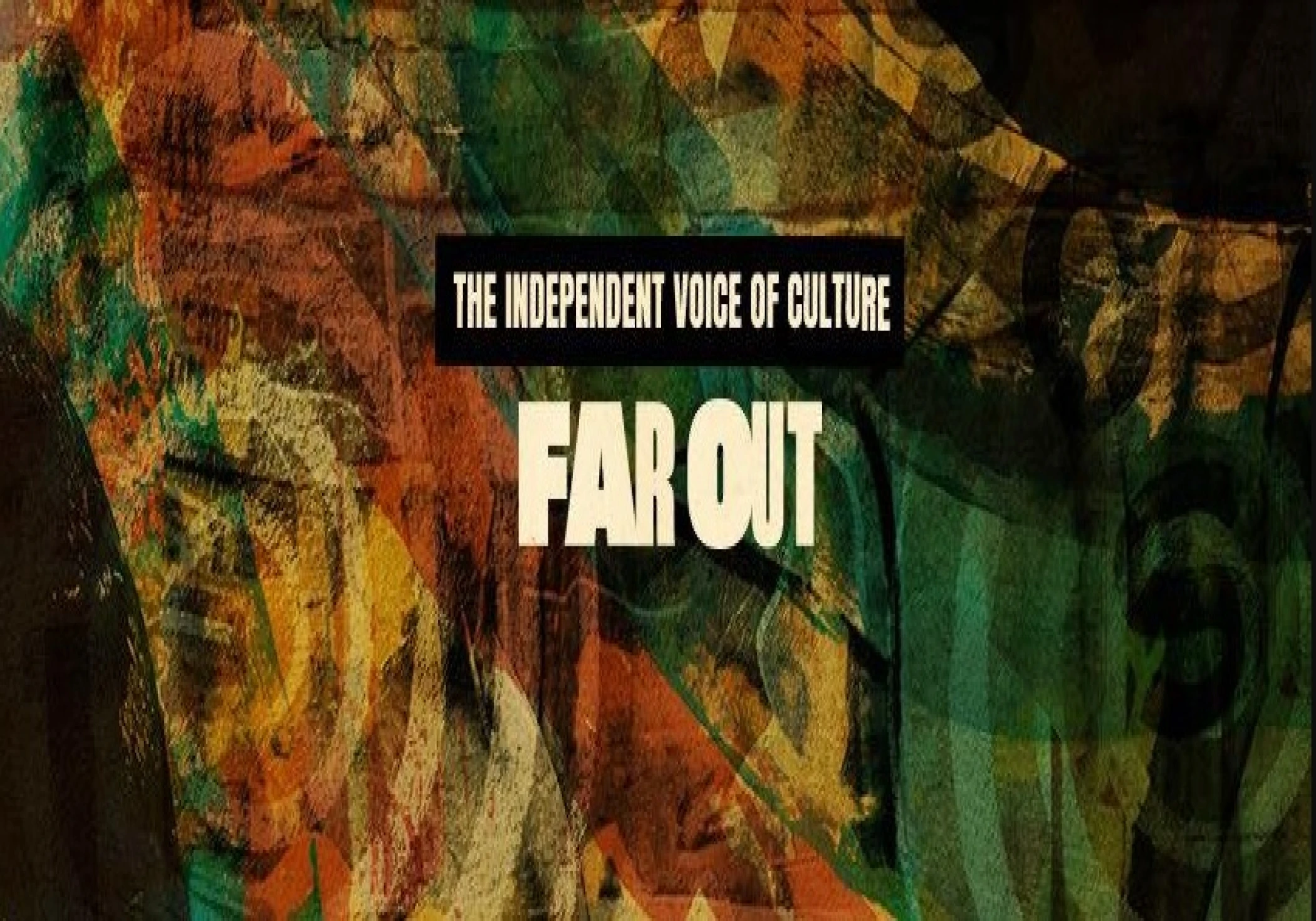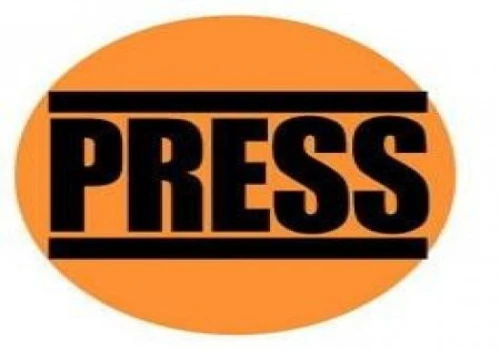
Far Out Magazine emerges as an intriguing anomaly in an age dominated by mainstream media narratives and algorithm-driven content. Based in the UK with an expanding global readership, the digital platform covers music, film, culture, and travel through a stylistic lens that differs from conventional media outlets. Drawing on the traditions of gonzo journalism, popularized by Hunter S. Thompson, Far Out leans toward subjective storytelling and narrative-driven pieces that often blur the boundaries between observation and personal experience.
Unlike traditional outlets that pride themselves on neutrality and detached analysis, Far Out invites readers into a world where stories are told through the lens of individual experience. The publication favours a more narrative-driven format, where the subjective truths of its writers take precedence over dispassionate reporting. At its core, Far Out seems to believe that in today’s crowded media landscape, the most compelling content is one that is authentic and raw—content that speaks directly to its audience, offering more than just facts but a sense of the personal engagement and emotion behind those facts. For example, a piece on a film might not only explore the narrative or cinematography but also how it impacted the writer when they first watched it, or how it connects to broader cultural shifts. Similarly, music reviews may include references to personal associations, creating an interpretative reading of the work rather than an industry-level critique.
The website’s content often explores the fringes of popular culture - independent musicians, cult films, emerging artists, and offbeat travel experiences. This thematic choice lends Far Out a particular focus. It covers topics that may not always find space in traditional or commercially driven outlets. The aim here doesn’t appear to be trend-chasing or mass appeal; instead, the platform gravitates toward what might be called “slow culture”—work that gains meaning over time or sits outside the dominant currents of attention. Music reviews, for instance, might spotlight independent or niche artists rather than following the well-trodden path of mainstream success. Similarly, film features and retrospectives tend to go beyond obscure or cult classics, offering perspectives on pieces that have long been buried in the annals of film history.
In that sense, the editorial curation reflects a distinct intention. There’s room in Far Out for voices and subjects that are often passed over by mainstream entertainment media. The publication regularly highlights underrepresented figures or lesser-known cultural works, not necessarily with the goal of promoting them, but to offer a broader picture of what constitutes cultural value. Articles are often exploratory in nature, aiming to discover rather than conclude.
There’s also a sense of continuity between design and editorial content. Just as the writing moves between personal reflection and cultural analysis, the visual experience combines familiar motifs from the past with contemporary formats. This cohesion helps create an environment that supports the magazine’s slower, more reflective approach to cultural journalism. It is safe to say that the design of Far Out complements its editorial ethos. With bold layouts, multimedia elements, and an aesthetic that blends retro and modern styles, the website offers a visually stimulating experience. The magazine’s visual aesthetic blends retro-inspired graphics with modern design sensibilities, creating a bold and immersive reading experience that mirrors its editorial spirit.
Another feature of Far Out Magazine is its willingness to push the boundaries of journalistic style. The writing here isn’t just about conveying information—it’s about creating an experience. The magazine uses nostalgia and creative expression to engage readers with articles that don’t merely inform but also entertain. Humour and informality also play a role in the magazine’s tone. Headlines and intros tend to favour conversational phrasing over technical jargon, making the content more accessible while still engaging with complex cultural ideas. That accessibility seems to be part of the publication’s editorial identity—not simplifying content, but presenting it in a way that feels direct and relatable.
The publication often incorporates the subjective perspectives of its writers, resulting in content that is both immersive and reflective. Its editorial approach reinforces its position as a platform for countercultural expression, offering features that appeal to readers seeking unconventional insights into music, film, travel, and art beyond surface level. The platform doesn’t position itself as a guide or an authority, but rather as a space for conversation, where culture is not only consumed but interpreted, remembered, and reimagined.
The platform also functions as a home for writers to explore ideas with a degree of creative freedom that’s increasingly rare in large-scale publications. There’s less emphasis on rigid formats or editorial uniformity and more flexibility to approach a subject from multiple angles. That openness gives the content variety in tone and structure, but it also means that each piece reflects not just the subject but the lens through which it’s being viewed.
In the broader media landscape, Far Out Magazine exists within a growing segment of independent, digitally native publications that prioritise voice, tone, and alternative viewpoints. While it may not compete directly with breaking-news sites or entertainment portals, it plays a role in widening the scope of cultural conversation—particularly for readers interested in slower, more reflective forms of engagement.
In summary, Far Out Magazine offers an editorial approach rooted in personal engagement, cultural storytelling, and a focus on the margins of mainstream conversation. Through its writing, design, and thematic focus, it provides readers with an opportunity to revisit, rediscover, and reinterpret art and culture through a more individual lens. Rather than simply reporting on culture, it participates in the ongoing process of understanding how culture affects us—and how we respond in turn.



